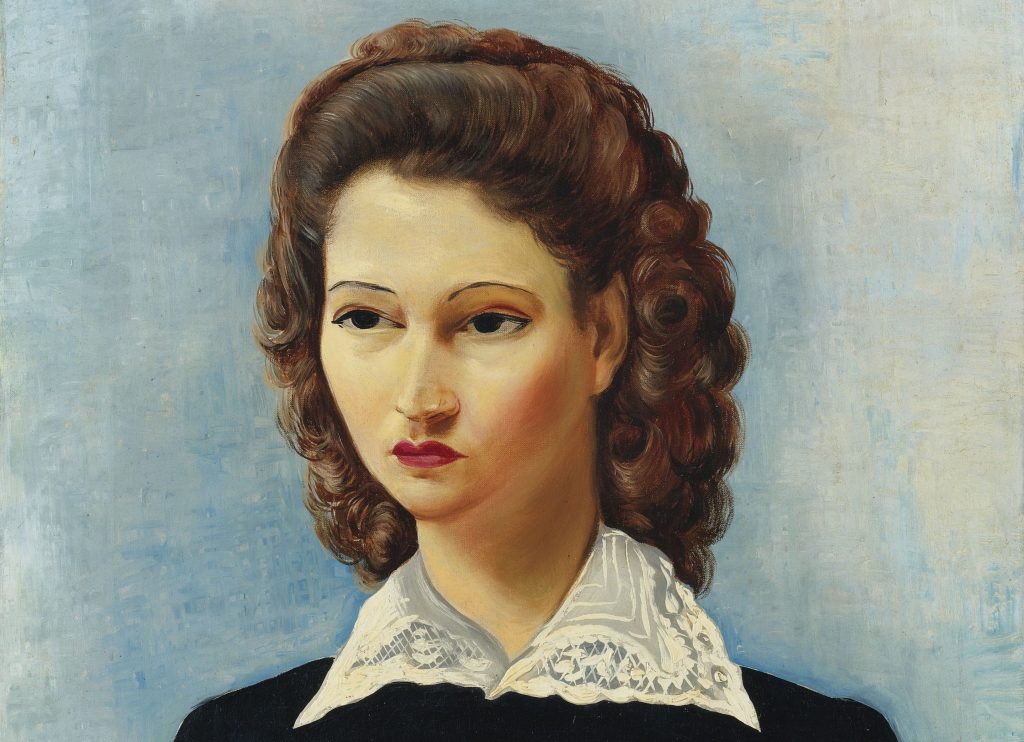“How to Find Your Mother In Her Portrait,” nonfiction by Iman Mersal (translated by Robin Moger) appeared in the Spring 2018 issue of MQR.
When my mother died in the mid-seventies, her only extant portrait took on a greater significance. To the little girl that was me, this portrait had to be a document of the moment in which, for the first and last time, I stood beside my mother in a studio unaware that less than two months later she would die. Yet, I never had the sense that the woman in the photograph was my mother. Perhaps it was the anxious expression she turned to the lens, as though, having stepped out of her domestic fortress, she now stood powerless. Perhaps it is the dress she is wearing, one I only ever saw her in once or twice on expeditions into town. Or maybe the hair that hangs down to her waist, which day-to-day would be plaited into two long braids running round her head in opposite directions.
The woman in the picture is not just different from what I remember of her, or want to remember: she is a ghost, like the ghosts I would see on strips of negatives as a girl. In daylight I would hold them up to my eye, trying to guess who they were, and when I grew bored of this, I would fashion these haunted ribbons into bracelets round my wrist.
A woman and a girl, pallid because the acids were not properly washed off the paper. The woman unsmiling (though unaware she was to die exactly forty-seven days later). The girl unsmiling (though unaware of what death was). The woman has the girl’s lips and brow (the girl has the nose of the man who will remain forever outside the frame). The woman’s hand on the girl’s shoulder. The girl’s hand clenched (not in anger: it holds half a piece of caramel). The girl’s dress is not Egyptian cotton (Abdel Nasser, who manufactured everything, died years ago). The shoes are imports from Gaza (Gaza, as you’re aware, is no longer a free zone). The woman’s watch doesn’t work and has a broad strap (is that in keeping with the style of 1974?).
I wrote this poem in 2007 and it was published the following year before appearing in my 2013 collection Till I Rid Myself of the Idea of Houses. Setting aside questions of the poem’s ambition or failures, reading it now I think of my mother’s portrait as an exercise in memory, a writing exercise, and at the same time a reexamination of the distance that divides us.
Why does the voice of the poem come across as neutral? Why does it summon up all the elements that are absent and then the connections between every detail within the image and the details which lie outside it, as though, not knowing how to reclaim its mother from the picture, it instead reorganizes its component parts? Each sentence contains references to what the picture does not capture: a series of open-ended shots with no conclusion. If I had to rewrite it now I might include other points of departure. Where, then, is my mother? Is the poem a blurred image of her? Or is it impossible for her to exist anywhere other than outside the frame—and never within it? Is my mother distant, after all? Is she mysterious, hidden?
To continue reading, purchase MQR 57:2 or consider a one-year subscription.
Image: Kisling, Moïse. “The Beautiful Brazilian.” 1943. Oil on canvas. Private collection.




